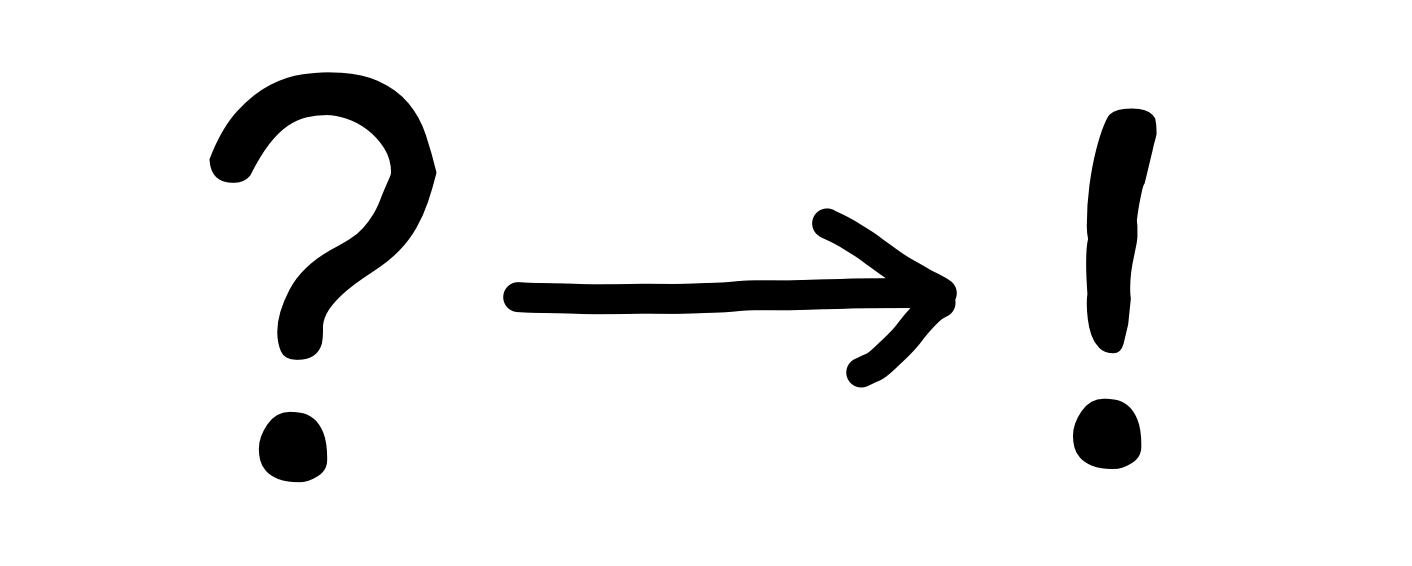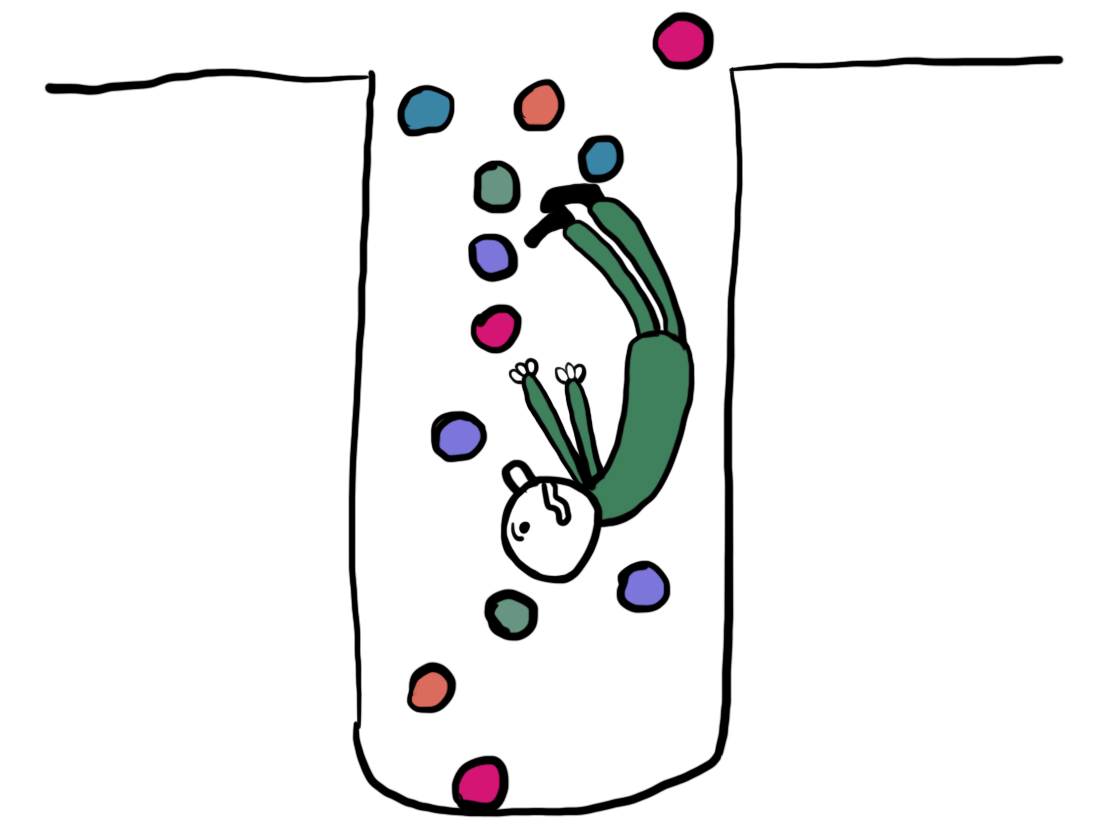09 December 2022
Seven Puzzles
It’s puzzle season in North America. During these dark, cold months, I’ve come to enjoy jigsaw puzzles to get off screens, do a low-stress activity with loved ones, and labor on something with no meaningful goal. A recent jigsaw I did by the aptly named Magic Puzzle Company had clever eye candy on all 1000 pieces, internal edges, and shape-shifting surprises. It was the quintessential puzzle experience, which the puzzler community illustrates as:

Question, Problem, or Puzzle
An essayist once told me the kernel of any article is a question, problem, or puzzle (QPP). A QPP could be explored, dissected, or transformed through an essay, but the best QPPs are left unsolved. Any QPP worth one’s time is too meaty for a simple resolution, so we do not design an article to elicit an answer but to give the QPP a home in the reader’s mind.

Slow-Burn Solutions
Richard Feynman—a Nobel-prize-winning physicist—claimed he was always pondering twelve questions. He kept these questions circling through his mind so that inspiration could strike from anywhere:
- How can I accurately keep track of time in my head?
- What is the unifying principle underlying light, radio, magnetism, and electricity?
- What are the most effective ways of teaching introductory physics concepts?


Seven Puzzles
I didn’t feel rushed when I worked on the jigsaw puzzle over Thanksgiving. I could place a few pieces, walk away to do other things, and return in a few hours to pick up where I left off. I couldn’t connect a single piece at night, but dozens fell into place the following day. While I slept, my subconscious mulled over the images and did some solving for me.
As creators, we can’t expect revelations to emerge in a silo. Inspiration will appear at random times in random places.
I don’t have as much parallel processing power as Feynman, so holding a dozen open questions seems daunting. Also, problems and questions don’t excite me the same way as puzzles, for problems are laden with negative connotations, and questions are too neutral and unsexy. But puzzles…oh my.
In the spirit of 7+/-2, we could keep seven puzzles circulating. We could hold ideas for work challenges, philosophical ponderings, relationship struggles, stories to tell, and life goals. We might keep them in a note app or small notebook—perhaps a page for each puzzle—and record related thoughts as they arise.
